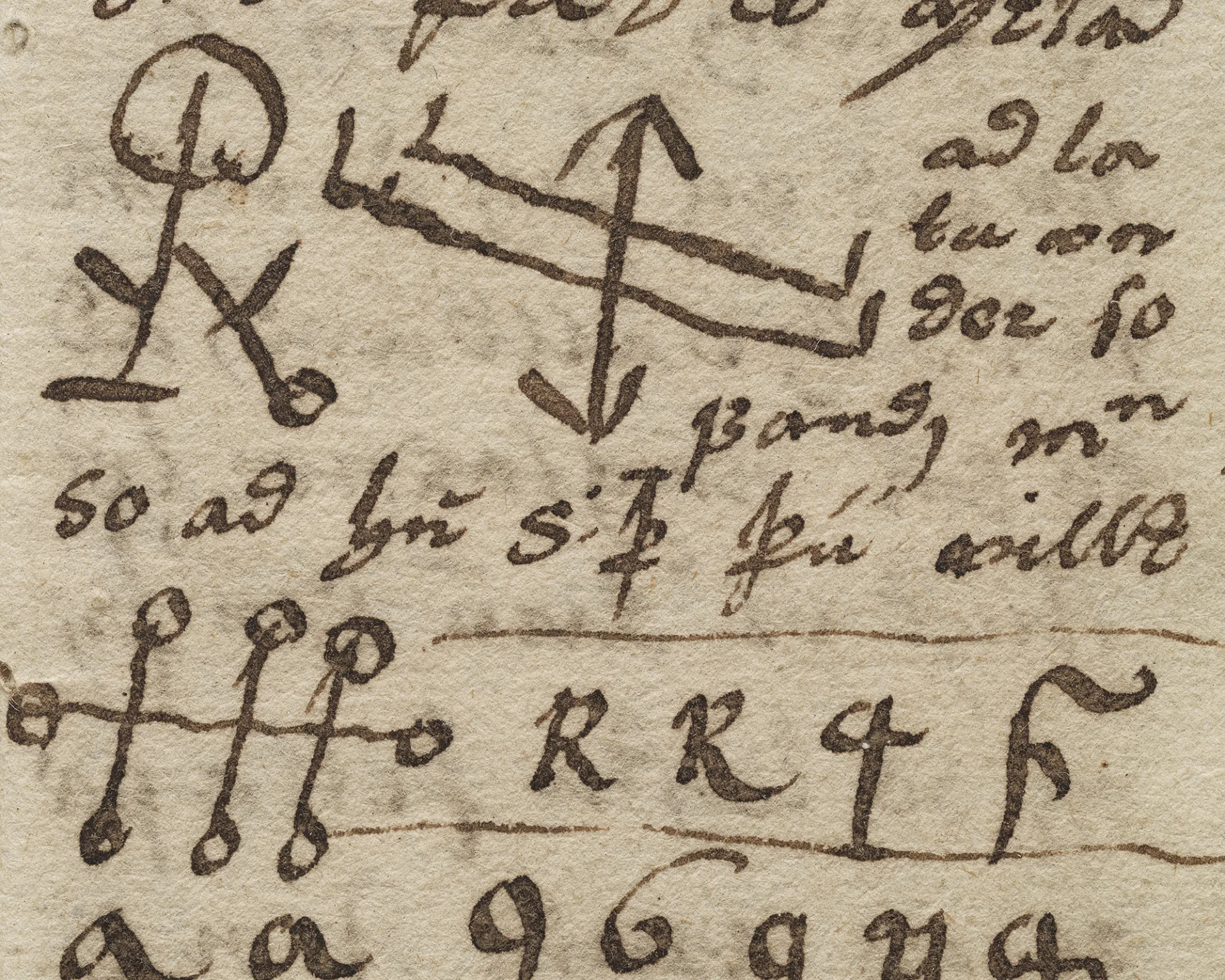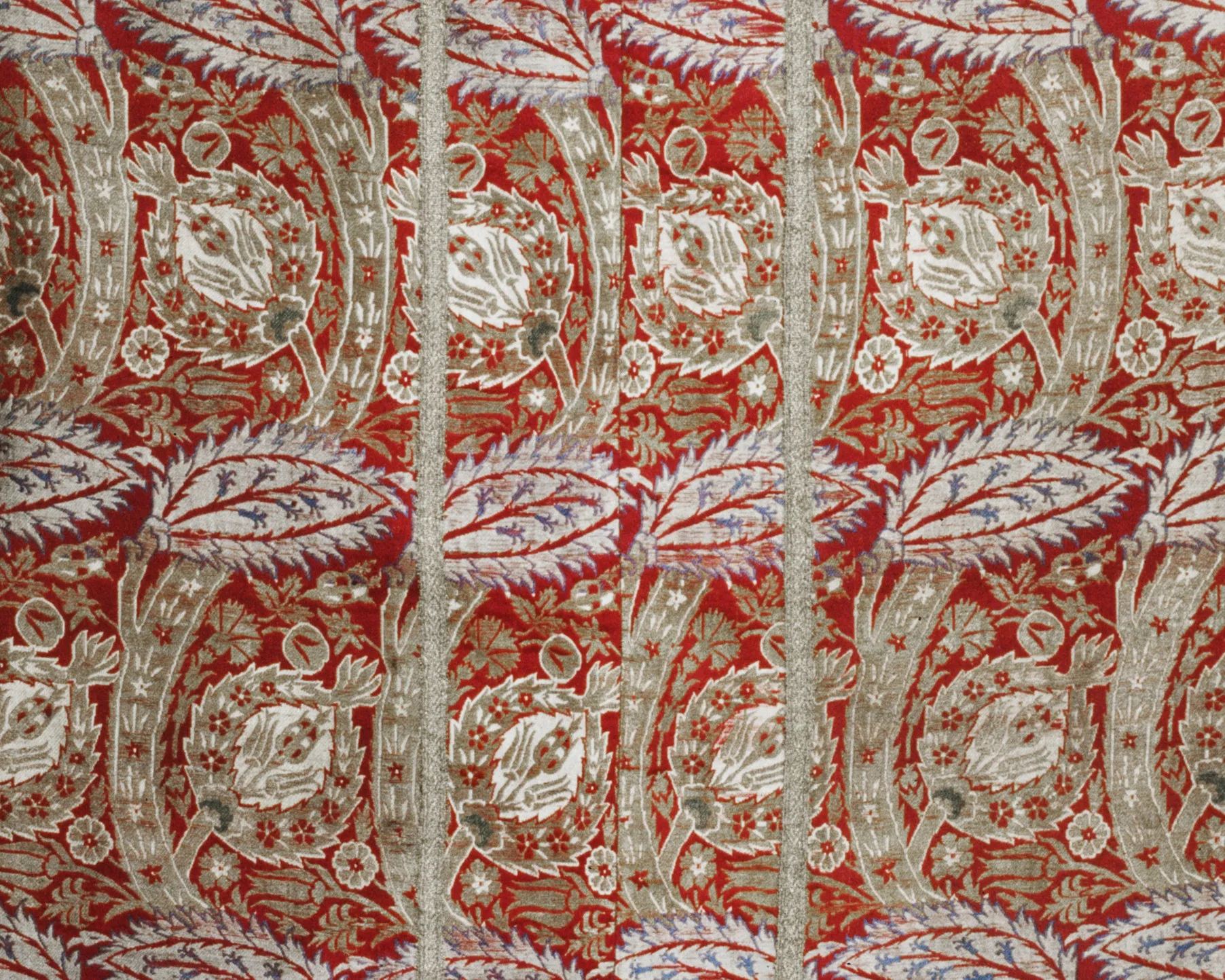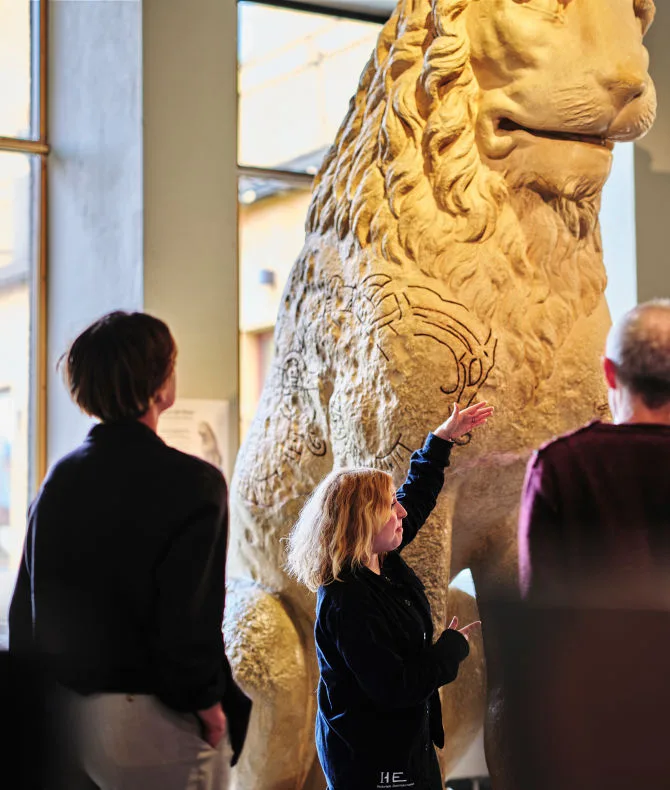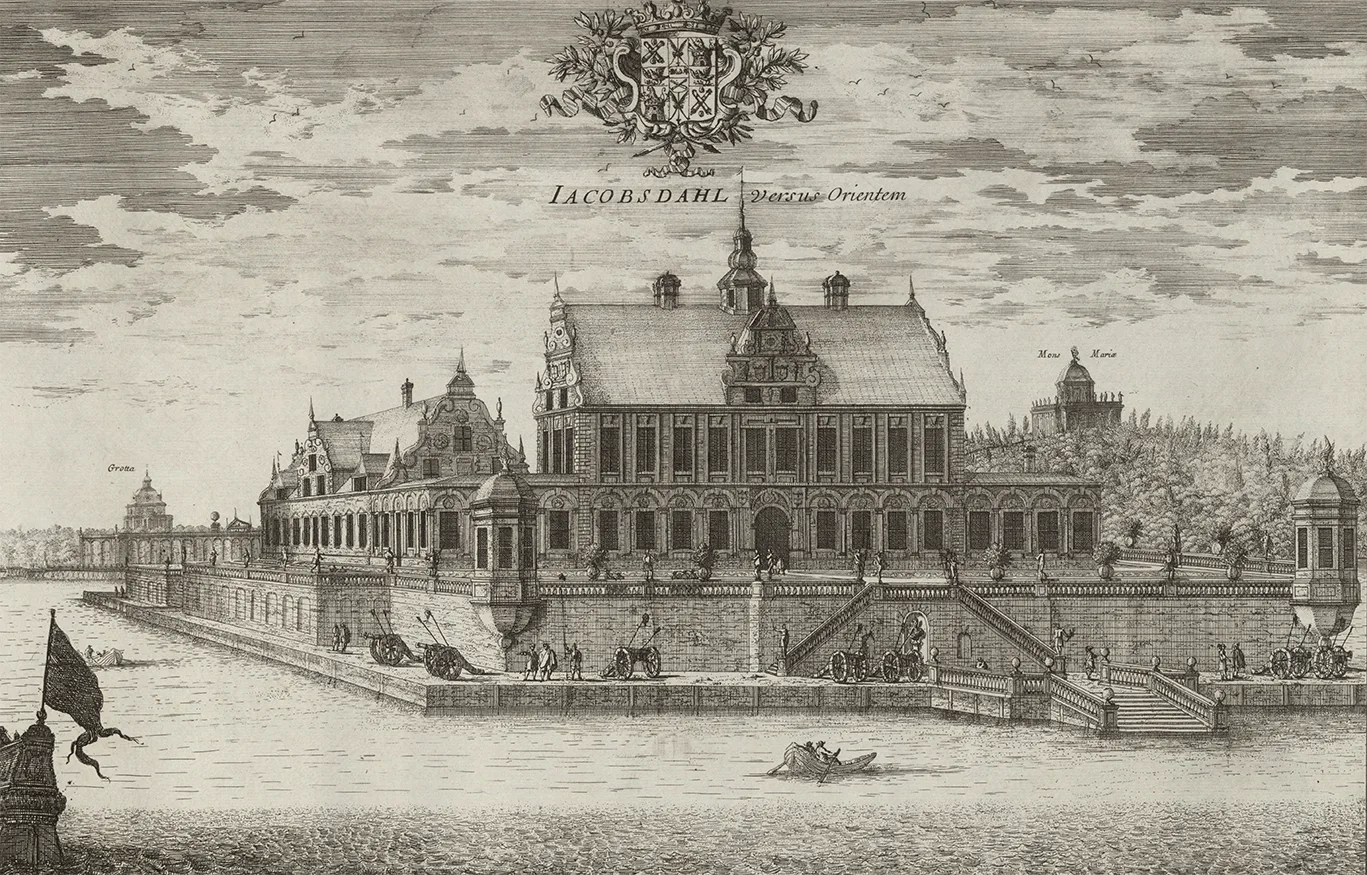The women of the hospital
Viking Age
AD 800 – AD 1100
Middle Ages
AD 1050 – AD 1520
Modern Age
AD 1520 – AD 2025
Archaeologists do not only study ancient or medieval times, they also shed light on more recent periods. Objects can offer insights that written sources cannot, sometimes providing a surprisingly intimate link to the lives of those who came before us. One example is a handful of simple items found at a hospital for mentally ill women in Vadstena, Östergötland.
Vadstena has a long history as a centre for healthcare. In the 17th century, it was home to a military infirmary, a kind of early care home for veterans wounded in Sweden’s many wars during the age of empire. In the 18th and 19th centuries, there was a facility for the treatment of venereal diseases. Care for the mentally ill has also been provided in Vadstena since 1757. In 1829, the old military building was repurposed as a women’s asylum, remaining in use until 1947.
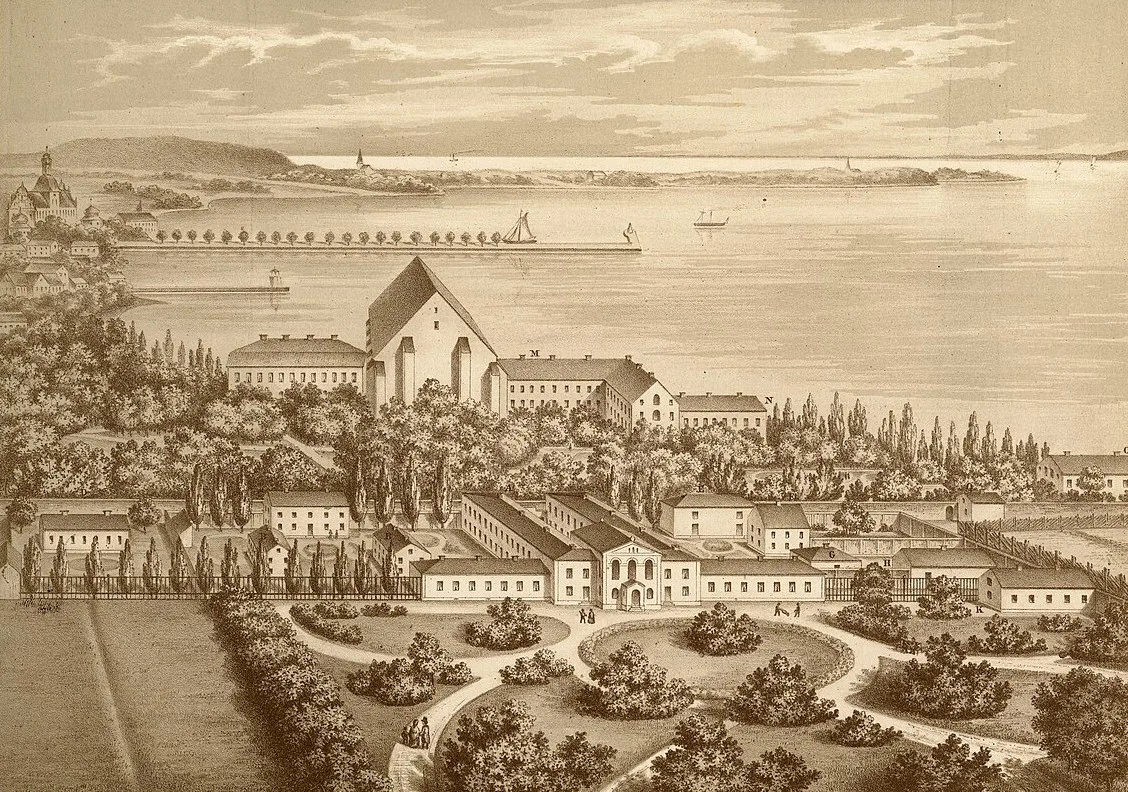
Institutional life in the 19th century
In the 1950s and 1960s, extensive excavations were carried out in Vadstena’s historic monastery buildings. Among the findings were items dating back to the time when the town was a place of care for society’s most vulnerable, spanning the eras of the military infirmary, the convalescent home, and the women’s asylum. These included a comb, a lace-making bobbin, and a few pages from a book.
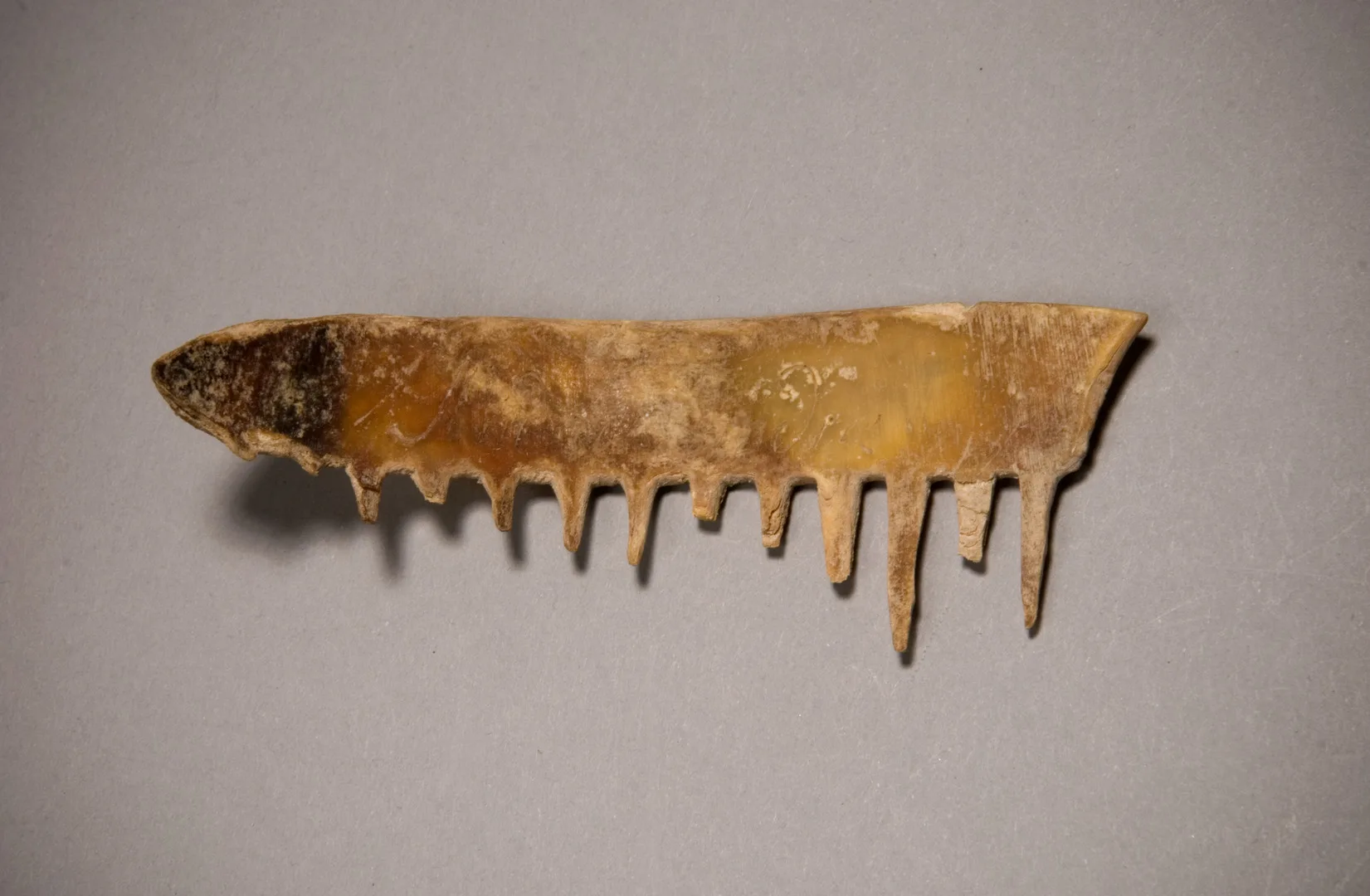
Comb
The comb, made of tortoiseshell, is slightly curved, with all its teeth broken off. It’s the type of comb women would have used to secure a bun or to adorn their hair. On its back are inscribed letters. Theseare difficult to decipher, but possibly spell the name of its owner. It may have belonged to one of the patients, or perhaps to a nurse.
A lace-making bobbin is a tool used to create lace, a craft for which Vadstena was once renowned. Much of 19th-century psychiatric care revolved around imposing a structured routine on patients’ lives. According to the medical thinking of the time, order and purposeful work were essential to mental health.
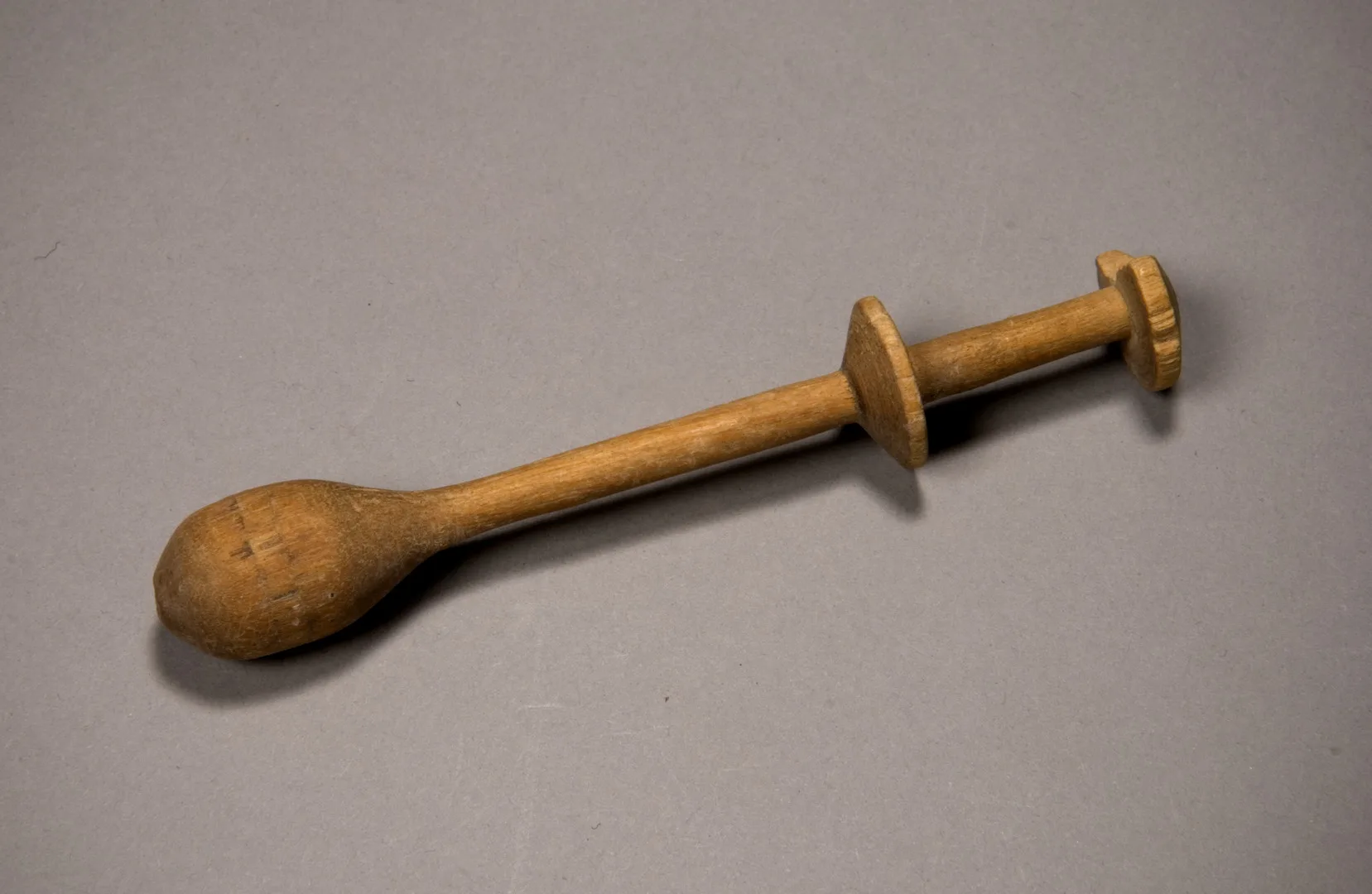
Bobbin
Work and faith
Patients in Vadstena rose at five or six in the morning, and those able to work did so throughout the day. Dinner was served at half past eleven, supper at six, and bedtime came at nine. The women were often occupied with spinning or sewing, and the lace bobbin is a trace of this daily routine.
Patients attended religious services and could also participate in Bible study sessions led by the hospital chaplain. Among the archaeological finds were a few pages from a small devotional book. Paper rarely survives in excavations, so these sheets must have been protected, perhaps hidden in a wall or under a floor. The pages were crumpled and torn. It seems someone may have pushed them into a crack in the floorboards.

Page from a devotional book
The finds from the hospital speak of a time when there were limited means to treat mental illness. Most patients never recovered enough to be discharged. But these few surviving objects paint a moving portrait of life in the asylum, long after the women who lived there had passed away.
